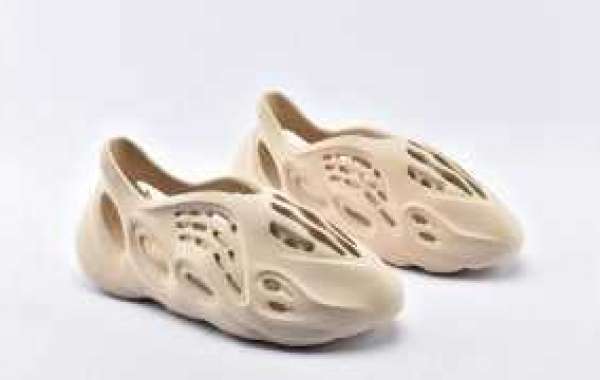Envision remaining external constantly, in any event, during winter. Presented to extreme climate, you'd deal with numerous issues. Despite the fact that trees live and develop outside, that doesn't imply that the difficulties of winter aren't distressing for them as well! Low temperatures, weighty snow, ice storms and different limits cause an assortment of winter wounds on scene plants. It's vital to realize what sort of issues to search for during winter.
Low Temperature Injuries
Root harm can occur during delayed virus spells, particularly on shallow-established plants, compartment plantings and non-local plants. Whenever roots pass on during this climate, the manifestations will not show up until pre-spring or spring. By then, foliage becomes brown, buds kick the bucket and the whole crown might wither and bite the dust abruptly.
Low temperatures can likewise kill over the ground bits of plants. Once more, non-local plants are generally defenseless.
Winter Drying
Winter drying by and large influences evergreens, especially mountain shrub, rhododendron, azalea and holly. Plants keep on happening water during winter. At the point when the dirt is frozen, that water can't be supplanted and the foliage dries out. Similarly as with injury from low temperatures, in pre-spring or spring, foliage will become brown and buds will bite the dust.
Stem Splitting or "Ice Cracks"
Ice breaks for the most part happen on youthful, slim woofed trees like maple, sycamore or linden. The abrupt drop in temperature from bright, daytime highs to the actual lows of evening makes stem tissues therapist and wood to break.
Breakage from Snow and Ice Accumulation
The additional load of ice and snow can break branches. Weighty or long appendages, branches giving indications of rot, or those with a feeble branch connection are more powerless. This can likewise be an issue for evergreens, which have an enormous surface region to "hold" snow.
Deicing Salt Injuries
The salt (sodium chloride) regularly utilized as a deicing specialist can sprinkle onto plants or saturate soil. Salt shower dries out foliage and buds. In the dirt, significant degrees of salt dries out, and can kill, plant roots.
Harm from Animals
Some creature action during winter is unsafe to trees and bushes. Deer are one model. As other food sources become inaccessible, deer go to twigs and buds for food. Further, deer harm trees by scratching their tusks against the storage compartment. This is classified "buck rub."
Visit Our website:-- https://rhematreefellers.co.za





